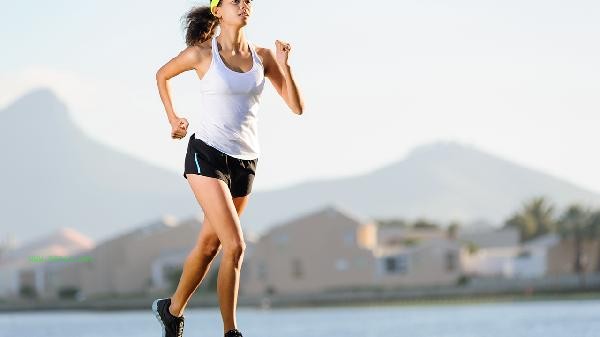Both racewalking and running can effectively reduce fat, but racewalking has less joint pressure and is more suitable for long-term persistence. The efficiency of fat burning depends on the intensity, duration, and individual physique of the exercise, and each type of exercise has its own advantages.

Race walking belongs to moderate to low-intensity aerobic exercise, where the heart rate is maintained in the optimal range for fat burning for a longer period of time. During exercise, it mainly relies on the continuous exertion of the lower limb muscle group, with stable energy consumption and less fatigue. More friendly to overweight individuals or those with joint discomfort, it can avoid knee impact caused by running. Race walking consumes about 300 calories per hour, and when it lasts for more than 45 minutes, the proportion of fat energy supply significantly increases. Running is a medium to high-intensity exercise that consumes more calories per unit of time, but can easily shorten the duration of exercise due to fatigue. Fast running will prioritize the consumption of glycogen and relatively reduce the proportion of fat metabolism. People with a large body weight or poor exercise foundation may find it difficult to maintain a long-term running plan due to joint pain. People with normal weight and healthy joints have higher fat loss efficiency through running, and methods such as interval running and variable speed running can enhance afterburning effects. But after exercise, it is easy to increase food intake due to hunger, and it is necessary to cooperate with dietary control. Race walking is more suitable as a daily continuous exercise and can cultivate regular exercise habits. During exercise, arm swinging can be added to activate upper limb muscles, and soft road surfaces can be chosen to reduce foot pressure. Alternating between two types of exercise can avoid plateau periods and reduce the risk of sports injuries.

It is recommended to choose exercise methods based on one's own physical condition. In the early stages, one can start adapting with race walking and gradually add running to increase intensity. Warm up and stretch before and after exercise, combined with a high protein, low-carbon diet. Exercise 4-5 times a week for at least 30 minutes each time for better results. Overweight individuals should prioritize joint friendly exercises such as swimming and elliptical machines, and try running after losing weight. Record exercise data and observe changes in the body to find the most suitable weight loss rhythm for oneself.







Comments (0)
Leave a Comment
No comments yet
Be the first to share your thoughts!